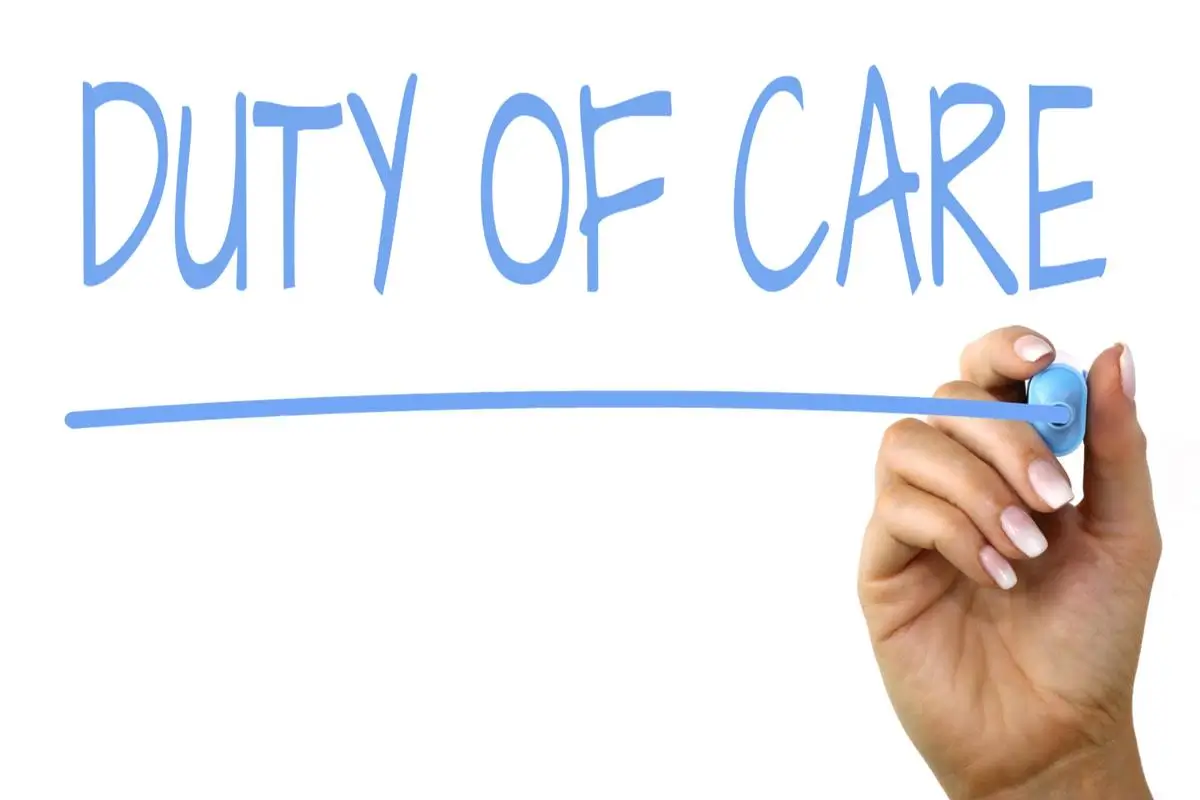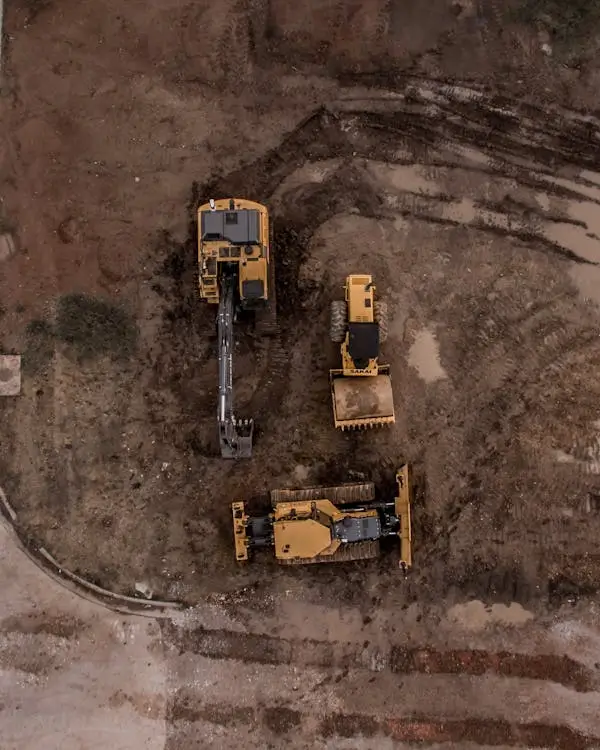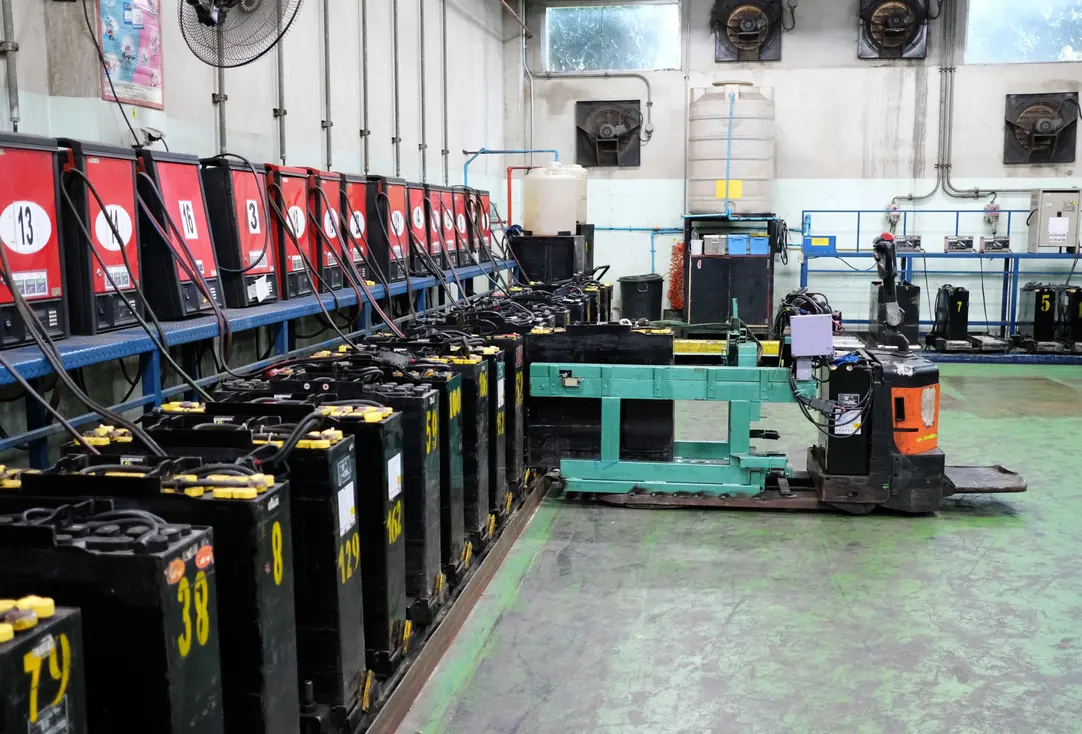How to Set Up a Confined Space Entry Team: A Practical Guide for Safety Professionals
Confined space work is one of the most hazardous activities in the industrial, construction, and utility sectors. OSHA reports that confined space fatalities occur every year due to inadequate planning, poor training, and a lack of proper team structure. Setting up a competent Confined Space Entry Team (CSET) is critical for ensuring safety, compliance, and … Read more









